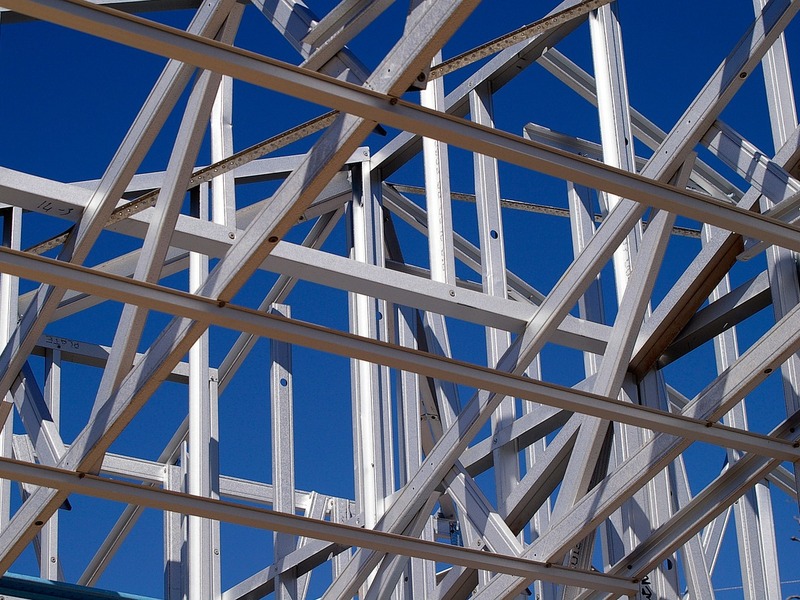
Article posted by
How this revolutionary material may change the construction industry
Graphene is a wonder material. 200 times stronger than steel, and yet the thinnest and most conductive material in the world, the possibilities are limitless for how it can be used. From cancer treatment, to lightbulbs, there are countless ways that this pioneering discovery will revolutionise all our lives, including in the construction industry.
Extracted from graphite in 2004 at the University of Manchester by Professors Andre Geim and Kostya Novoselov, this one-atom thick, 2D material is currently being developed to produce concepts and products previously confined to science fiction. Roll up screens and wearable, stick-on smart phones, a coating for food to keep it fresh for longer and even water filtration systems that could save millions of lives, are just some of its potential applications. But how can this incredibly strong and malleable material shape the future of engineering and construction?

A rust-free world
The combination of graphene with paint could provide a coating to prevent weather damage to steel, brick or stone. There is still rigorous research to be done before graphene-coated steel can be used as a construction material, but Tata Steel are already working with researchers at the National Graphene Institute at the University of Manchester. In developing corrosion-free steel, the metal’s lifespan could be radically increased and costs reduced in the long-run.
Super-strength buildings
A coating of graphene on steel could also increase its strength by a hundred times. Graphene can also be used to reinforce concrete and other building materials, meaning designers will be able to think much bigger with their creations in the future, thanks to stiffer tension membranes. The increased strength of materials, including glass, means that buildings may be much taller, with some predicting that 30km high could be possible.
Integrated media
Graphene’s strength and flexibility lends itself to touch screens and panels; a window-sized screen is currently in development. Integrating this technology into the aesthetic and functionality of homes, or the workplace, could revolutionise our day-to-day lives, with groceries ordered directly from the fridge screen, for example.
Energising construction
Long-lasting LEDs are soon to be brought to the market, the first commercial use of graphene. The bulbs conduct electricity more efficiently than conventional options, saving energy. There are also suggestions that ‘spray-on solar panels’ using graphene could be viable in the future, reducing the costs of this renewable energy source and increasing the versatility by which it is harvested.
Yet despite these practical predictions, some experts believe that in fact the buildings of the future will be far more simple than the buildings of today. If the predictions that augmented reality (AR) will play a bigger part in our lives in future, then perhaps a building’s aesthetics will become relatively insignificant.
We’re here if you need help defining a role or brief, specialist insight to help shape your ideas or expert help with your recruitment process. Just get in touch to arrange a conversation with one of the team or if you’re ready for us to find the perfect person for you, send us your brief.
If you’re looking for your ideal job send your CV to us to get started or search for the latest job vacancies and we’ll get the ball rolling.